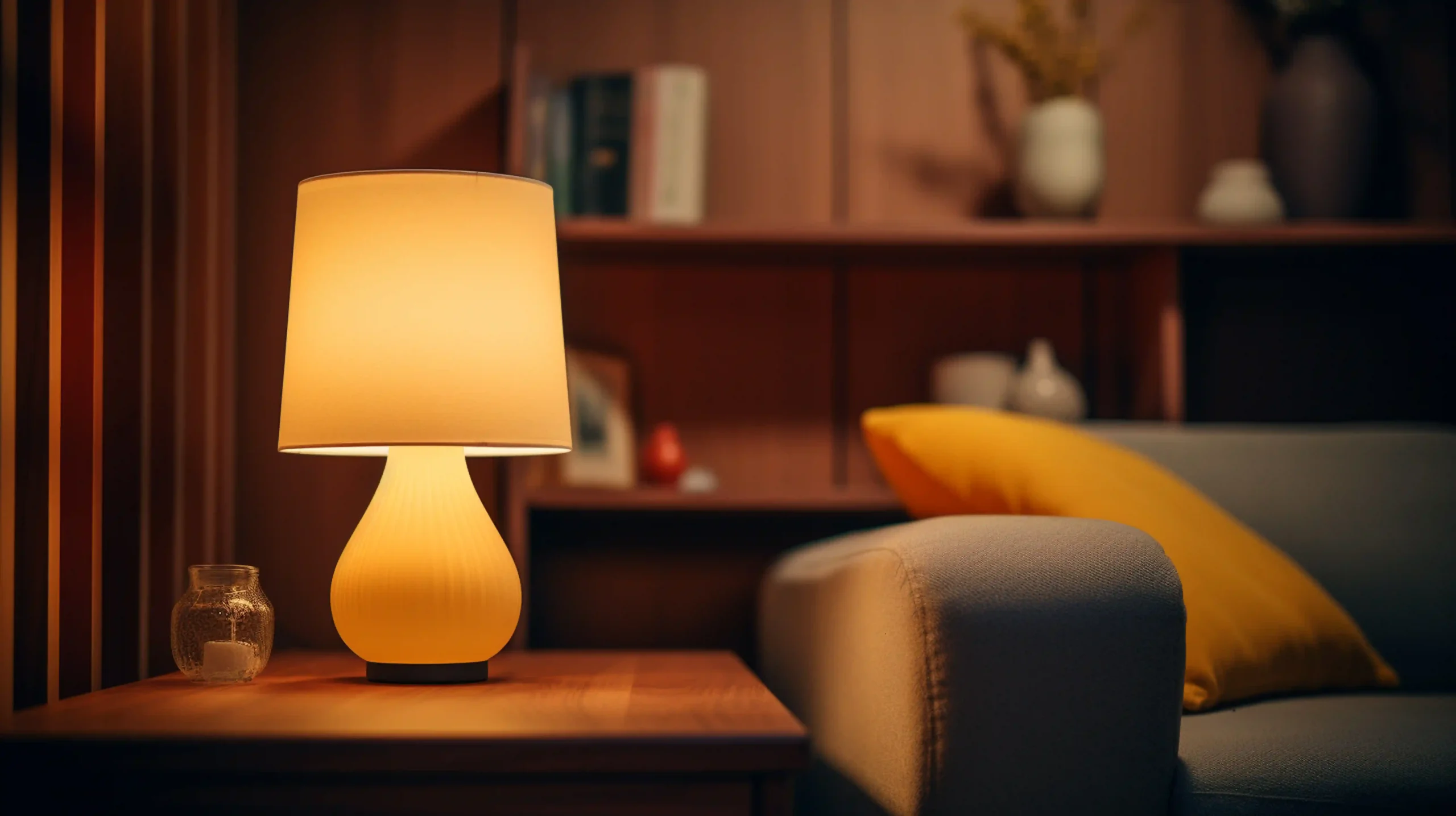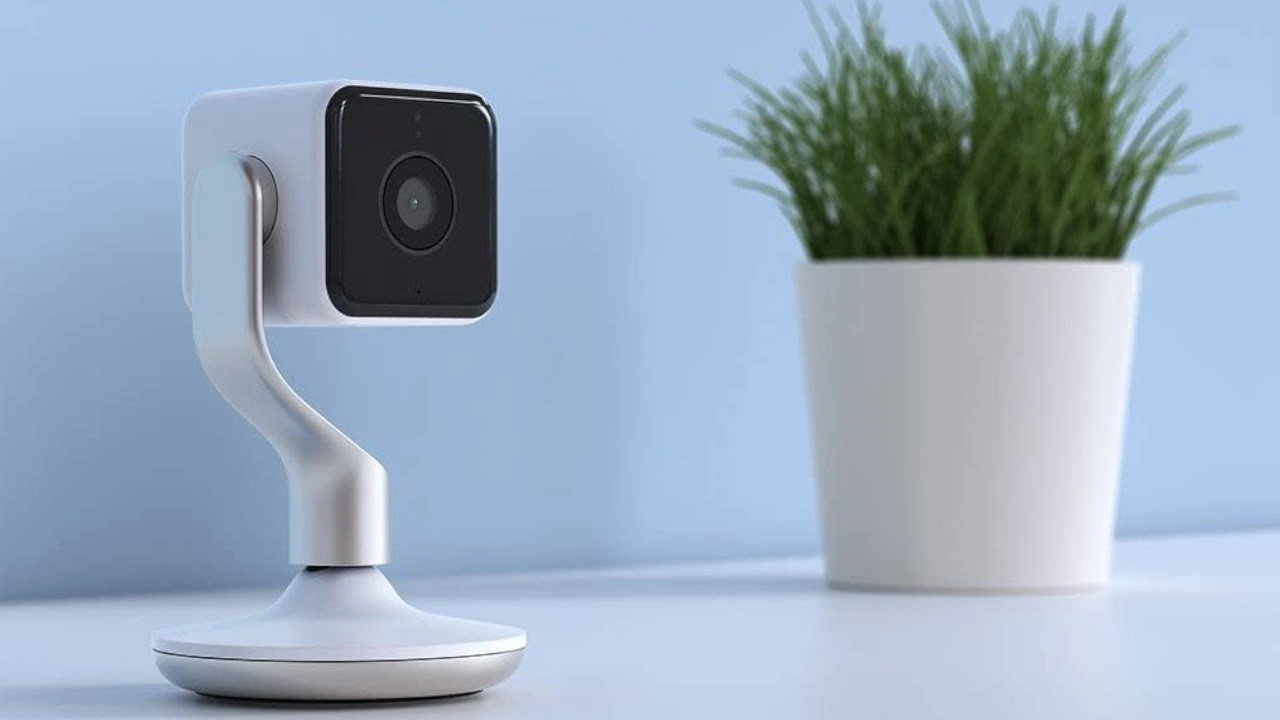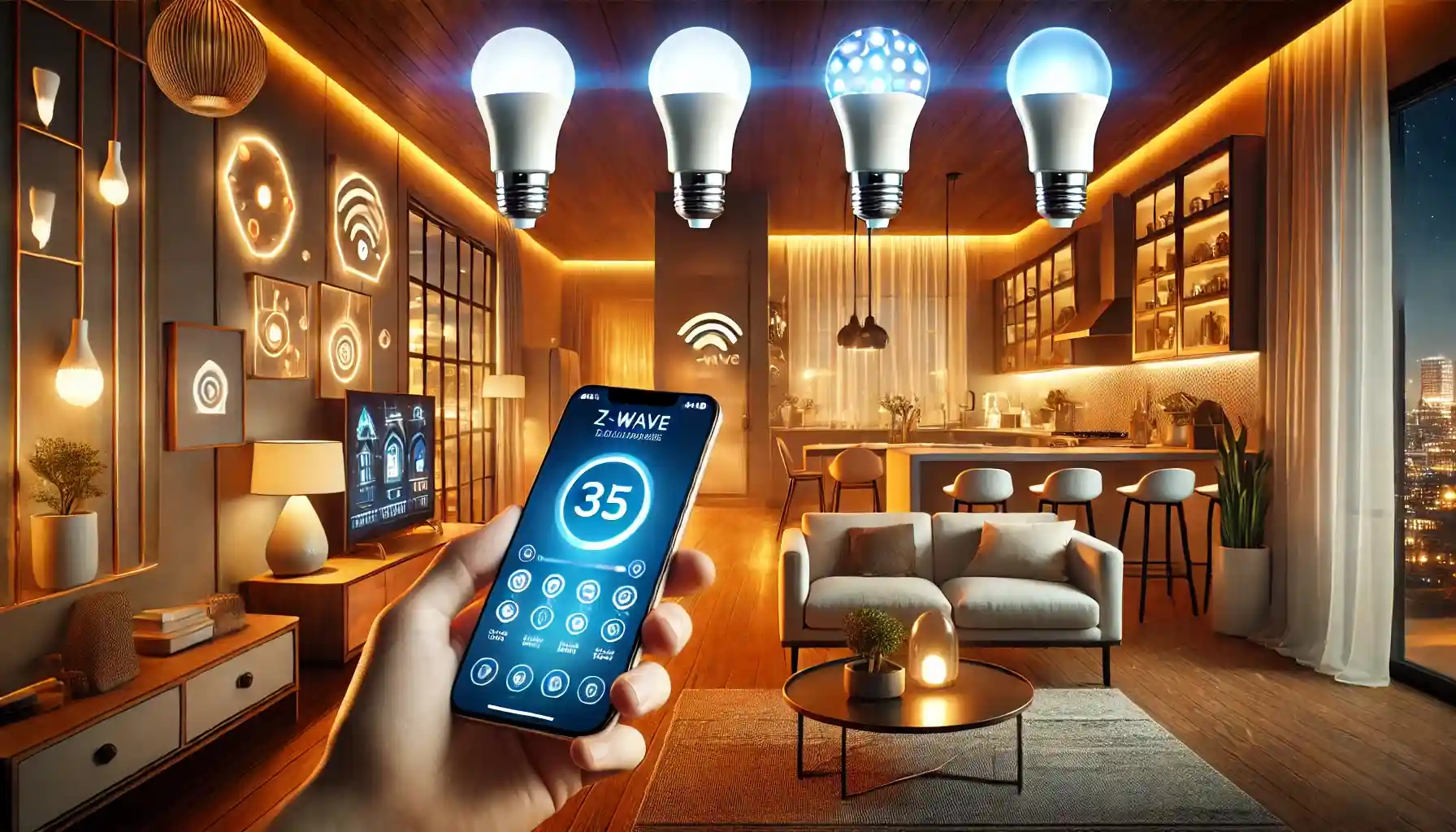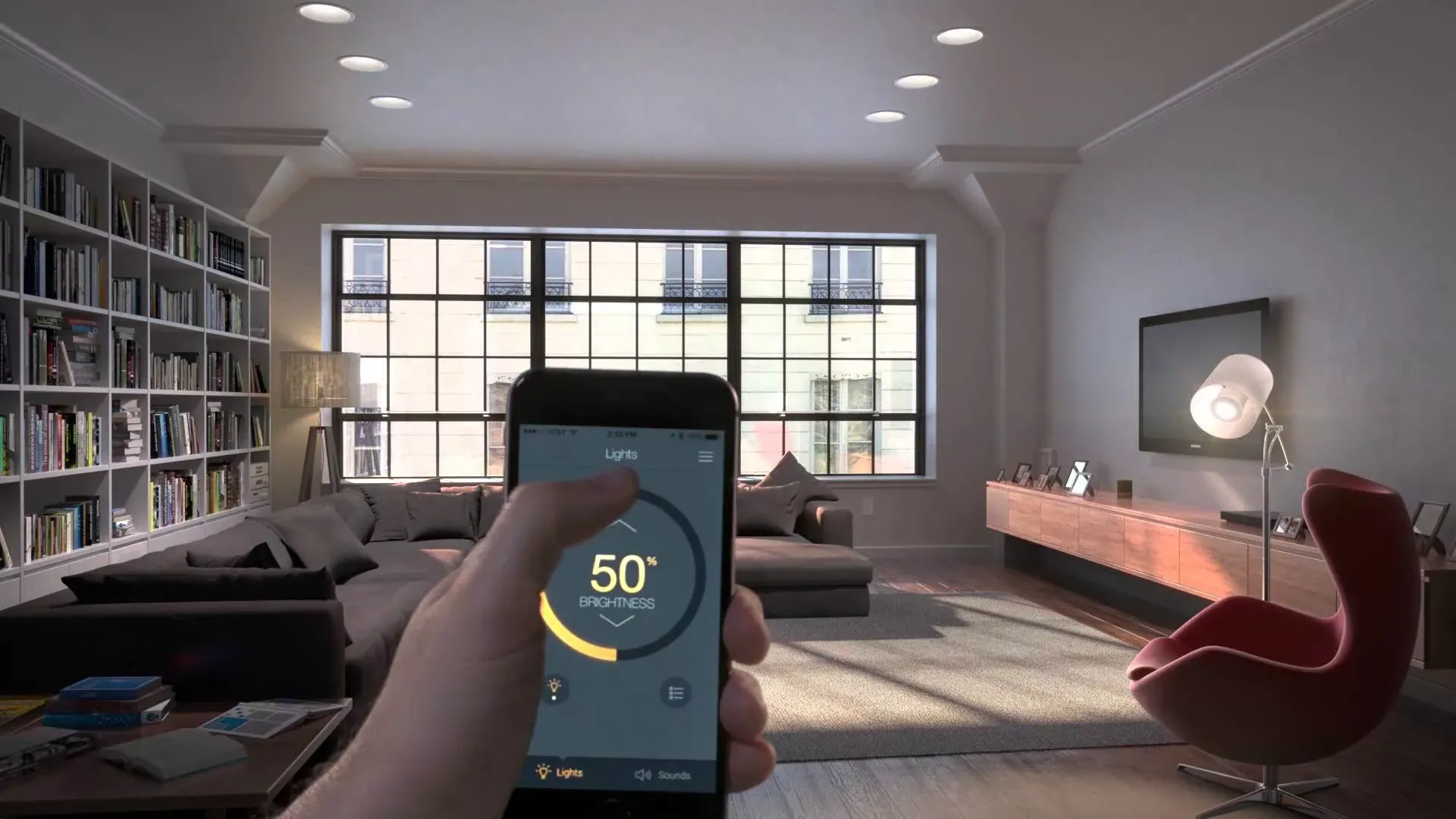As the world increasingly moves towards sustainability, every aspect of our lives—from the food we eat to the way we use energy—needs to undergo a transformation. One of the most effective and immediate ways to contribute to a greener future is by switching to sustainable lighting solutions. Among these, rechargeable lights have emerged as an innovative and practical option that not only offers convenience but also reduces our environmental footprint. In this article, we’ll explore how rechargeable lights are revolutionizing energy consumption, the advantages they offer, and how they fit into sustainable living practices.
What Are Rechargeable Lights?
Rechargeable light are lighting systems that use rechargeable batteries to power LEDs or other types of bulbs. Unlike traditional lighting systems that rely on disposable batteries or direct grid electricity, these systems offer the flexibility of being charged multiple times, thus reducing waste and reliance on non-renewable energy sources.
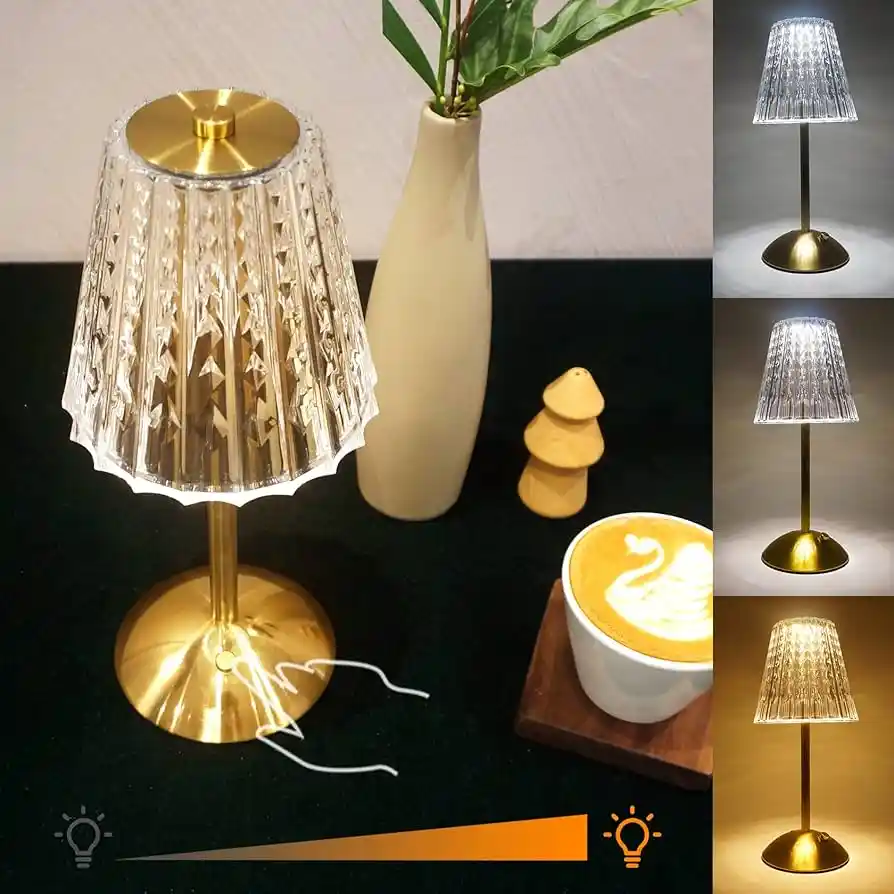
Key Benefits of Rechargeable Lights:
- Eco-friendly: Rechargeable lights significantly reduce the amount of plastic waste and chemical disposal associated with single-use batteries.
- Cost-efficient: Although they may have a higher upfront cost, the ability to recharge the batteries repeatedly results in long-term savings.
- Portable: Many rechargeable lights are designed to be portable, making them ideal for camping, emergency situations, or even as indoor mood lighting.
How Rechargeable Lights Support Sustainable Living
Reduced Carbon Footprint
Traditional lighting systems rely heavily on electricity generated from non-renewable sources like coal, contributing to a higher carbon footprint. Rechargeable lights, particularly solar-powered ones, mitigate this issue by utilizing renewable energy sources. Solar lights, for example, convert sunlight into electrical energy, reducing the need for fossil fuels. Furthermore, the energy-efficient LED technology used in rechargeable lights ensures that even when grid electricity is used, the consumption is minimal.
Longer Life Cycle
Rechargeable lights are designed to last longer than regular bulbs, both in terms of usage time and lifespan. LEDs, which are commonly used in rechargeable lights, have a much longer life compared to incandescent or CFL bulbs. While a typical incandescent bulb lasts about 1,000 hours, a high-quality rechargeable LED light can last over 25,000 hours. This longevity reduces the frequency of replacements, lowering waste and resource consumption.
Reduced Waste
Rechargeable lighting systems drastically cut down on the environmental impact caused by disposable batteries. Traditional single-use batteries contain toxic chemicals such as mercury and cadmium, which, when discarded improperly, can seep into the environment and cause long-term harm. By choosing rechargeable lights, consumers help reduce both the amount of waste generated and the potential for hazardous materials polluting the environment.
Flexibility and Convenience
Rechargeable lights are not just environmentally friendly; they are incredibly convenient too. Many models are portable, cordless, and come with features like adjustable brightness, motion detection, and timers. Whether used for outdoor activities like camping or for lighting up your garden path, rechargeable lights offer flexibility and ease of use without the constant need for replacement batteries.
Types of Rechargeable Lights
There are several types of rechargeable lights available in the market, each catering to different needs and preferences. Here are some popular options:
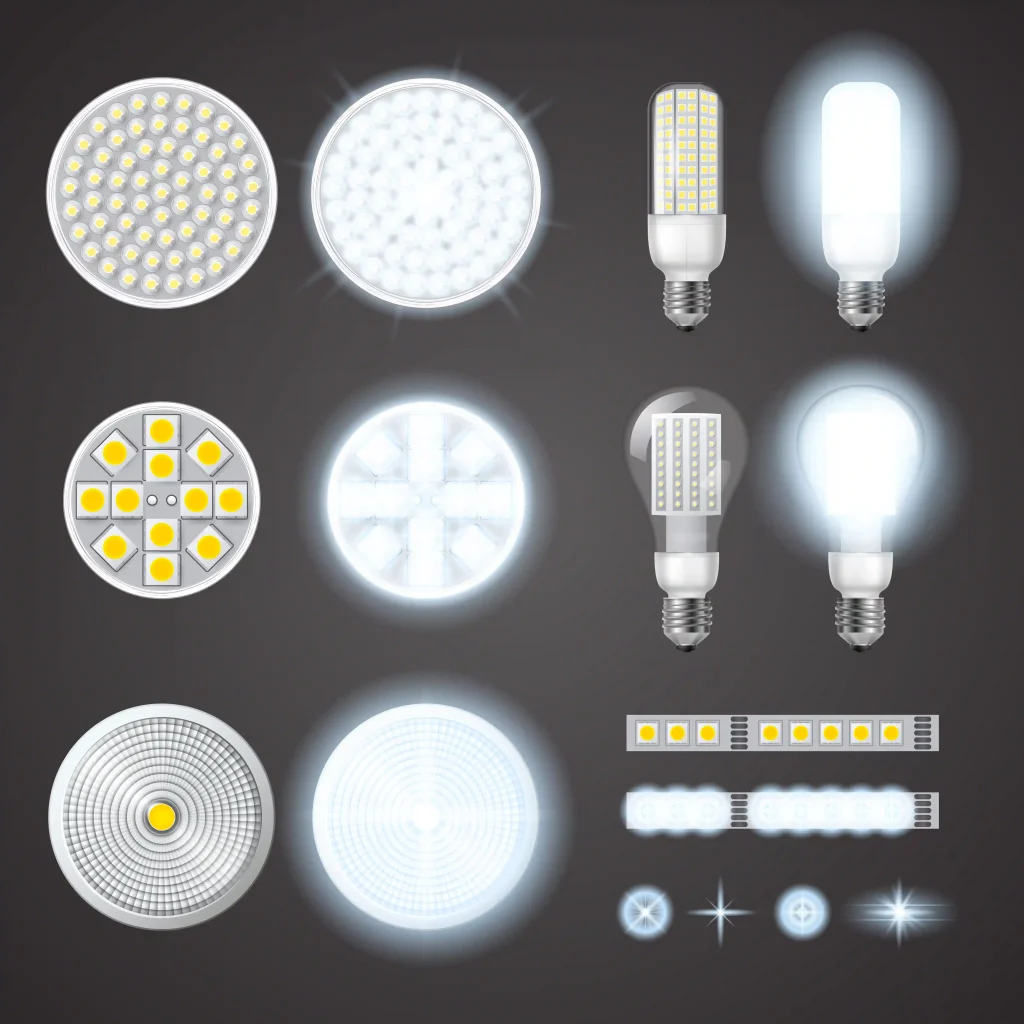
Solar-Powered Lights
Solar-powered rechargeable lights are among the most sustainable options. These lights store solar energy during the day and provide illumination at night. Ideal for outdoor spaces, gardens, patios, or balconies, they require no electricity to operate. Solar lights are also a great solution for off-grid areas where access to electrical power is limited.
Cordless Rechargeable Lamps
Cordless lamps are perfect for indoor use, especially in areas where traditional electrical wiring may not be feasible. You can easily move these lamps around and charge them using a simple USB port or a charging dock. People often use them as bedside lamps, reading lights, or decorative pieces. Many cordless lamps also come with dimming functions, allowing you to adjust the light to your preference.
Rechargeable Flashlights
Rechargeable flashlights offer great convenience during emergencies or power outages. You can recharge these lights multiple times, eliminating the need for disposable batteries. LED rechargeable flashlights are particularly effective, providing bright light with minimal energy consumption. They are lightweight and portable, and you can use them in various situations, from camping trips to roadside emergencies.
Motion-Sensing Lights
Motion-sensing rechargeable lights are ideal for enhancing security while also being energy-efficient. These lights turn on when they detect movement, providing illumination only when necessary. This helps conserve energy and extend the life of the rechargeable battery.
How to Integrate Rechargeable Lights into Your Home

Switch to Rechargeable Bulbs
One of the easiest ways to integrate rechargeable lighting into your home is by replacing traditional bulbs with rechargeable LED bulbs. These bulbs use far less energy and allow you to recharge them multiple times, reducing your carbon footprint while still providing bright, effective lighting.
Outdoor Lighting Solutions
For your garden, yard, or patio, consider installing solar-powered rechargeable lights. Solar lights are ideal for lighting up walkways, garden beds, or driveways. They provide soft, ambient lighting without the need for electrical wiring or batteries. Simply position them in areas where they can absorb sunlight during the day, and they will automatically light up at night.
Portable Lighting for Emergencies
Investing in portable rechargeable lighting is an excellent way to prepare for power outages or emergencies. Keep a few reliable rechargeable flashlights or lanterns on hand to ensure you are never left in the dark during a power failure. You can charge these lights in advance and store them in key areas like the living room or kitchen.
The Future of Rechargeable Lighting
The future of rechargeable lighting looks promising, with innovations like solar-integrated charging stations, improved battery efficiency, and smart lighting systems already making their way into the market. As technology advances, rechargeable lighting will only become more efficient, cost-effective, and widely accessible.
Key Trends to Watch:
- Smart Rechargeable Light: You can control these lights remotely via apps, allowing features like scheduling, color temperature adjustment, and integration with home automation systems.
- Enhanced Solar Panels: Future solar-powered lights will likely feature more efficient solar panels, enabling them to store more energy and provide longer illumination.
- Wireless Charging: New models of rechargeable lights are exploring wireless charging options, making the charging process even more convenient and user-friendly.
Conclusion
Rechargeable light represent a small but impactful step toward a more sustainable way of living. They provide an eco-friendly, cost-effective, and energy-efficient solution that benefits both the environment and the consumer. Whether you choose solar-powered lights for your garden or a portable rechargeable flashlight for emergencies, making the switch to rechargeable lighting is a powerful way to contribute to a greener future. With advancements in technology, rechargeable lighting will continue to evolve, making it easier than ever to incorporate sustainable solutions into our daily lives.
ReadMore: Best High End Camera Brands According to The New York Times


